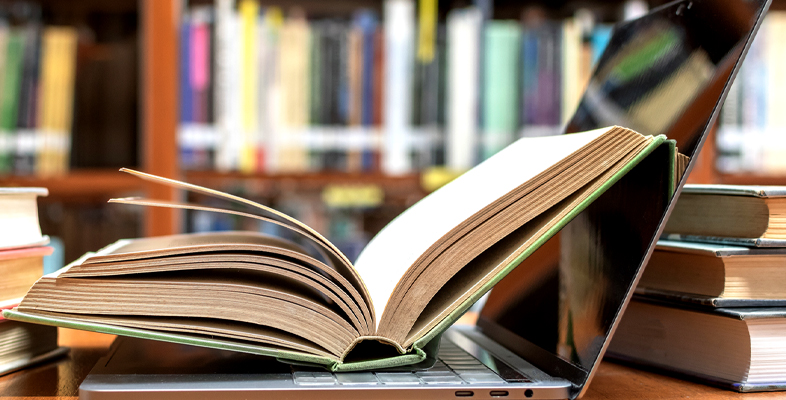2.2.1 What gets digitised and how?
Digitisation is a diverse practice in both materials and methods. Decisions about how something is digitised depend on the meeting points of types of material, future uses, and available resources. Some of the most common forms of digitised material include:
- manuscript or printed textual sources
- visual materials (e.g. paintings or photographs)
- temporal media (e.g. audio recordings or films)
- spatial materials (e.g. archaeological artefacts, museum objects, or sculptures).
Each of these categories lends itself to a range of digital representations, which capture different aspects of the materials and allow some uses better than others.
Manuscript and print
Until recently, the most common means of digitising manuscripts and printed texts was the creation of digital transcriptions, often enhanced through textual mark-up such as the Text Encoding Initiative (TEI) mark-up, which makes the texts easily searchable, transmissible, and malleable for analysis and re-use. Now, it is just as common to photograph documents and preserve them as image files; this gives a stronger impression of the original document, but transcripts are still required to make them searchable and digitally malleable. Transcripts can be produced manually or using optical character recognition (computer transcription from printed material) or hand-writing recognition (computer transcription from manuscript material). These transcripts, often served to the user as metadata (see Session 3), make the images searchable and allow flexibility for analysis and reuse.
Non-temporal visual materials
The digitisation of paintings and photographs through scanning or photography is, superficially, a simple example, in terms of the process itself and the simplicity of the gains made: digital availability, preservation, and access. However, recent developments, such as computer vision, mean that new horizons of image searching and interconnection are drawing closer.
Temporal media
Temporal media such as audio and video can be digitised by converting and recording the signals that they produce when played into digital formats (by connecting an analogue player to a digital recorder, for example).
Spatial materials
Sculptures and archaeological artefacts can be represented in three dimensional scans, using either a specialist scanner or the technique of photogrammetry. In both cases, images are taken from a range of angles to construct a virtual 3D model of an object, which can be rendered with the textures and colours of the original.
Specialist techniques
Certain imaging techniques allow us to see things that cannot be seen with the naked eye. Reflectance transformation imaging uses differently lit images to give a sense of depth to a near-flat object; more expensively, multi-spectral imaging captures and renders images using the light-spectrum outside of human vision, allowing features invisible to the human eye to be seen. Both techniques allow us to see objects in new ways and have a potentially transformative effect in understanding their history.
Glossing loss
Loss is inevitable in digitisation: digitisation can only ever capture aspects of an original, and decisions regarding the type and manner of digitisation prescribe which aspects are captured and which are discarded. Furthermore, when storing our captured representations, some digital formats are ‘lossless’ and maintain the whole of the original digital capture; others are ‘lossy’ and drop more information (and quality), sometimes undetectably to human perception, in order to save storage. These distinctions between lossless and lossy formats are most frequently encountered in relation to photography and music.
Activity 3 Original and copy
When buying a new album, you had a choice of buying the digitally-created recording in a range of formats, including MP3 and CD (both digital formats), but bought it on an LP (a non-digital format). You want to listen to your new album but want to preserve the LP in near-pristine condition. So, you play the album and record the signal digitally as you listen so that you can listen back often without using the LP. Remembering that the original recording was made and available digitally, is there a value to your own digitised copy?
Discussion
There are a lot of variables in this question, all of which affect the possible answers; however, while MP3s and CDs are both lossy digital formats, LPs are, if cut direct from sound or high-quality signal, physical reproductions of sonic profiles. As such, recorded and played on excellent equipment, and contrary to the assumption of digital supremacy, an LP might provide a more insightful and accurate rendition of a studio recording than either of the digital media. Furthermore, digitising the recording from the LP will generate an impression of the equipment playing it, adding a particular colour to the sound and lending it a certain uniqueness to its owner.
